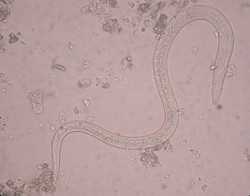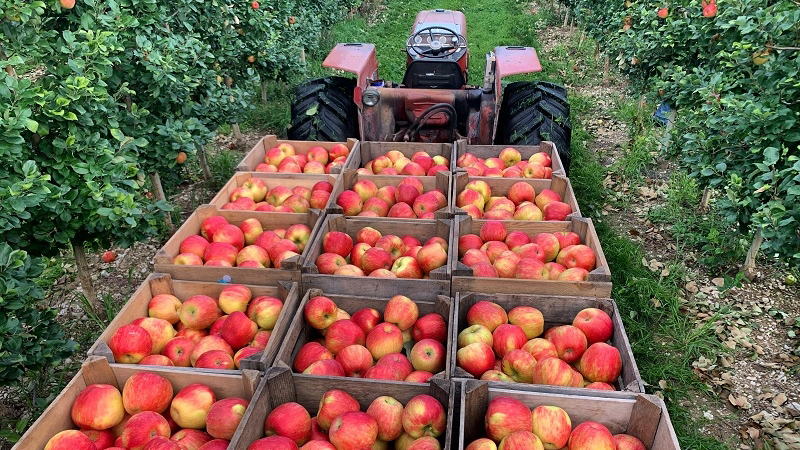The Power Of Beneficial Nematodes

insect control through part of an IPM program.
Are nematodes insects? Do they attack people or pets? Actually, beneficial nematodes (also known as entomopathogenic nematodes or insect-parasitic nematodes) are safe for plants and animals. These ubiquitous creatures have a unique mission: to kill insect pests that feed on plants above and below the ground. Application of live nematodes can improve insect control as part of an integrated pest management program.
Here are five things you may not have known about beneficial nematodes:
1. Nematodes are the most numerous multicellular animals on earth.
These nematodes are roundworms that are colorless, unsegmented, very small, and lack appendages. Nematodes in the genera Steinernema and Heterorhabditis are some of the best-studied examples and have been used commercially for several years. Applications of nematodes vary with each species and each pest but can be put through any number of water sprayers or sprinklers. Because nematodes are live organisms, they require specific conditions to be effective.
2. They do their thing in a totally bizarre way.
They don’t kill by eating enemy bugs. They actually enter the insect through natural body openings or through the exoskeleton and then release a bacterium that kills the insect in 24 to 48 hours. After this, the infective juveniles develop into adult males and females (or hermaphrodites) and reproduce within the dead insect.
3. No federal registration is required for beneficial nematodes.
They are safe around plants, people, and pets. Because they are classified as macro-organisms instead of micro-organisms (like bacteria or live virus), no regulatory warnings or restrictions are imposed upon their use.
4. Pests don’t develop resistance to nematodes.
Unlike synthetic pesticides, repeated use of beneficial nematodes has not produced resistance among targeted insects. That makes them an enduring and truly integrated solution for pest control.
5. New ways of applying nematodes are in development.
Researchers are experimenting with low-pressure irrigation, “dipping” plant pots in a solution populated with nematodes, and other delivery systems. Commercial growers are actively working to discover new ways to utilize low-pressure drip irrigation systems for effective application of nematodes while maintaining critical water-management objectives.








